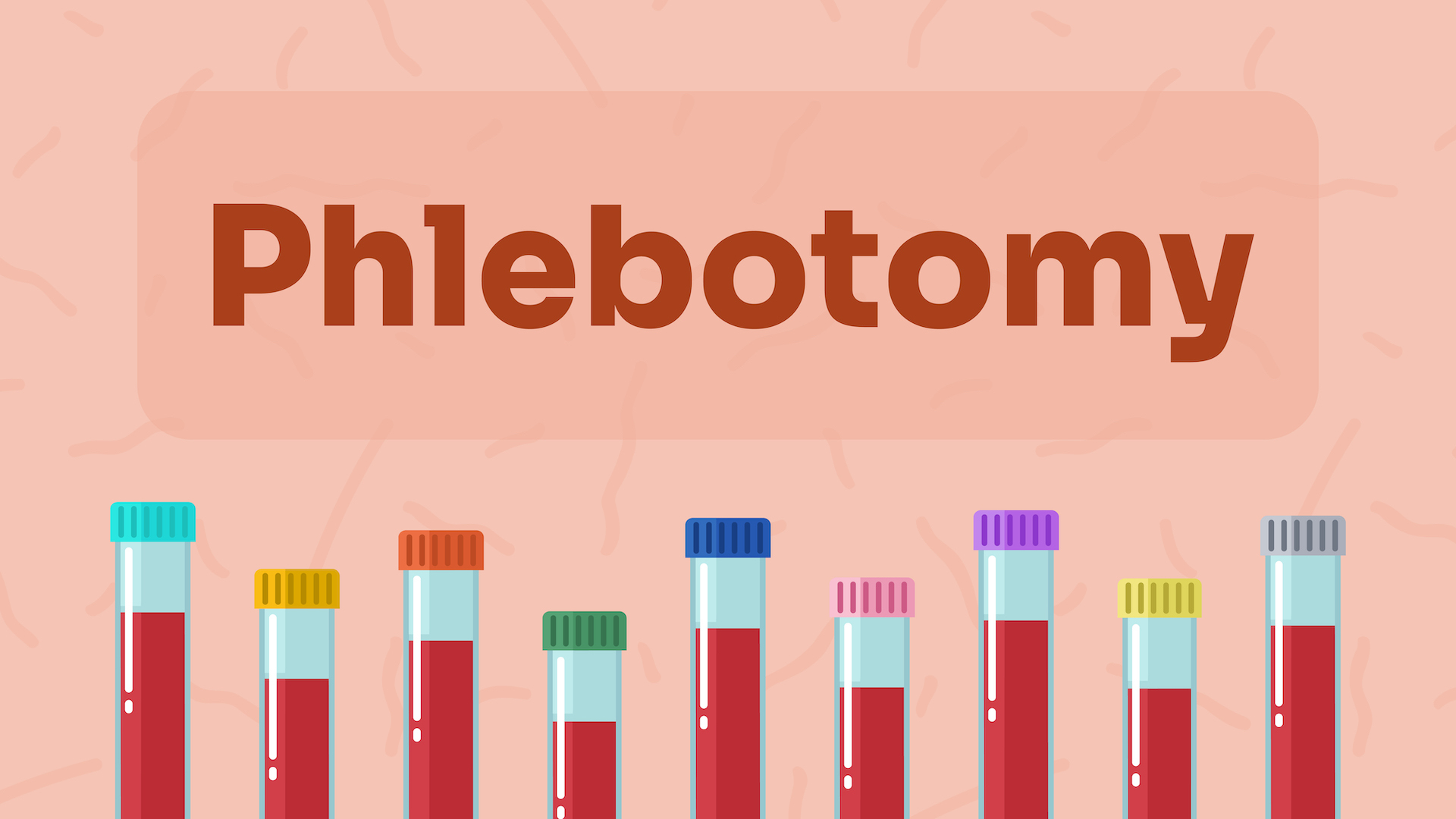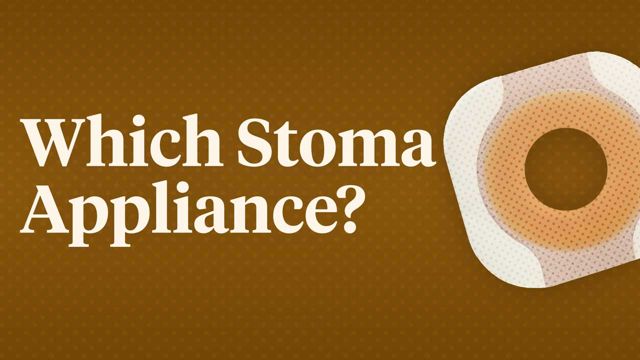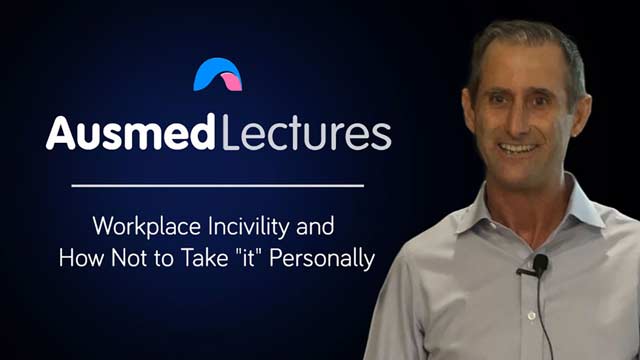Phlebotomy


Phlebotomy, or the practice of drawing blood, stands as one of the most frequent invasive clinical procedures performed across diverse healthcare environments.
This Ausmed Course provides learners with a practical guide to best practices for drawing blood, taking an in-depth look at how to safely execute each step of the phlebotomy process through both lectures and hands-on demonstrations.
Content
What you'll learn:
Identify the necessary requirements for conducting a phlebotomy procedure.
Describe the steps required to prepare for a phlebotomy procedure.
Understand best practices for safety and implementing aseptic technique when conducting a phlebotomy procedure.
Apply knowledge in practice during a phlebotomy procedure.
Describe key responsibilities during the immediate post-procedure period.
Who it's for:
Why it's needed:
Phlebotomy, or drawing blood, is the most common invasive clinical procedure regularly undertaken across various healthcare settings. Ensuring that each step in this procedure is executed according to best-practice principles is vital in helping prevent potential laboratory errors, patient harm, and even fatal outcomes.
Therefore, providing a thorough understanding and demonstration of the process of phlebotomy and arming healthcare professionals with the right tools and knowledge of best-practice guidelines is essential in order to achieve positive outcomes.
Purpose:
Topics
Assign mandatory training and keep all your records in-one-place.
Find out more
Recommended resources










 New
New